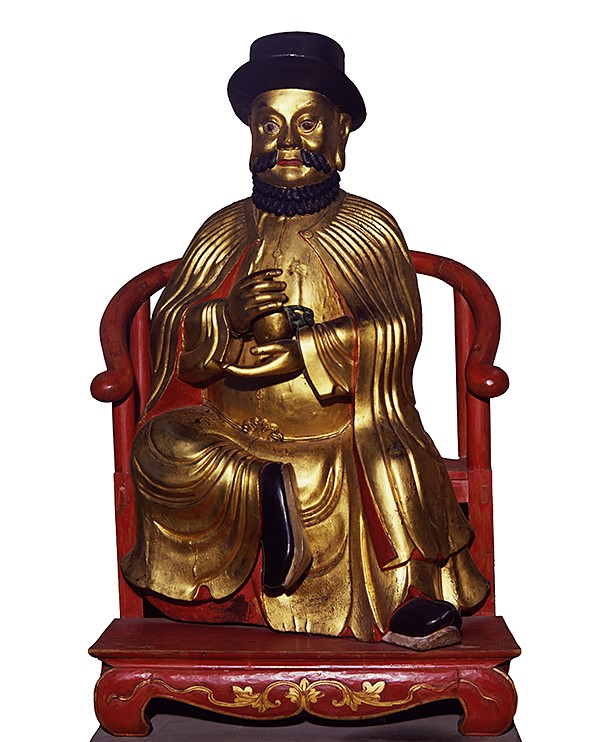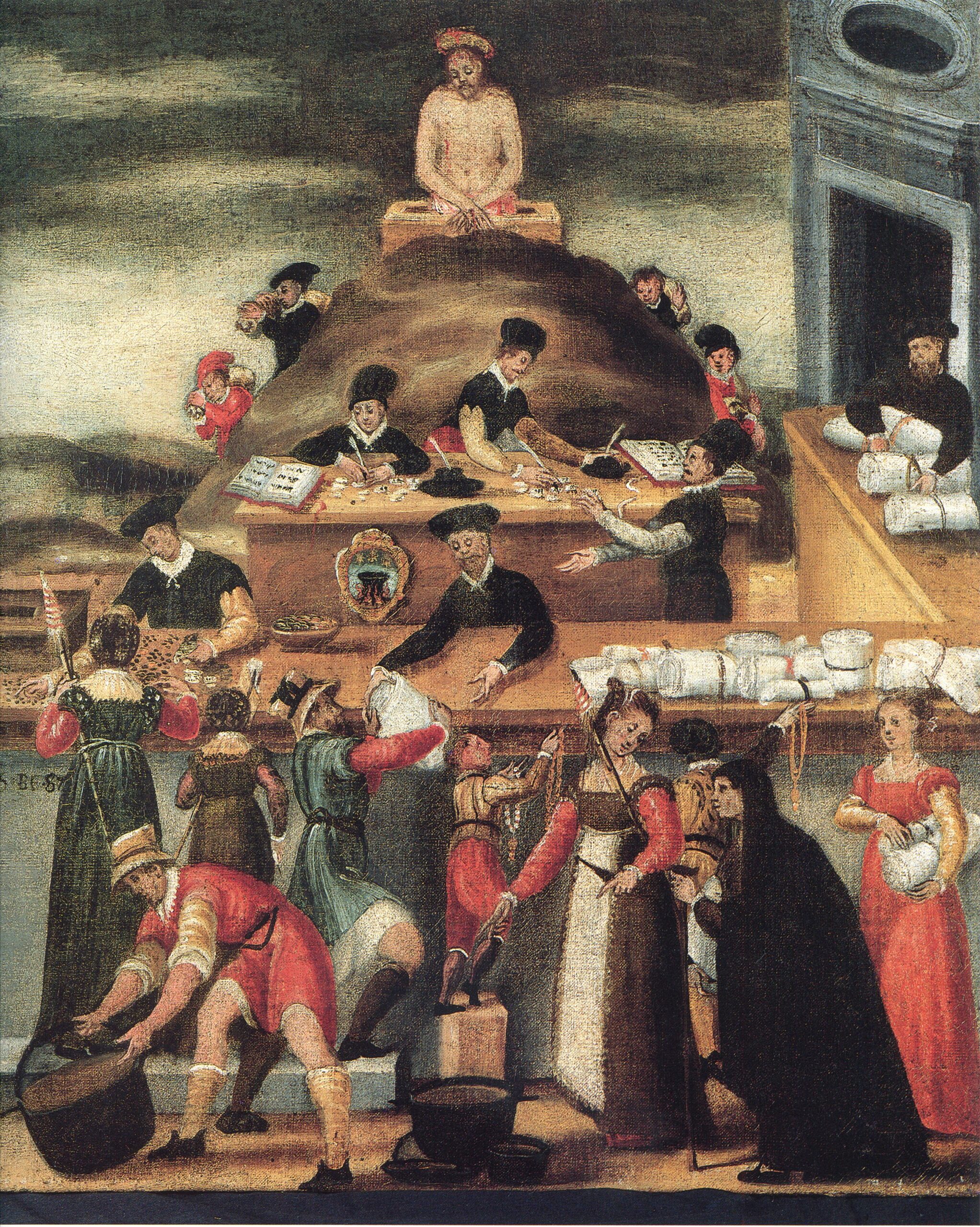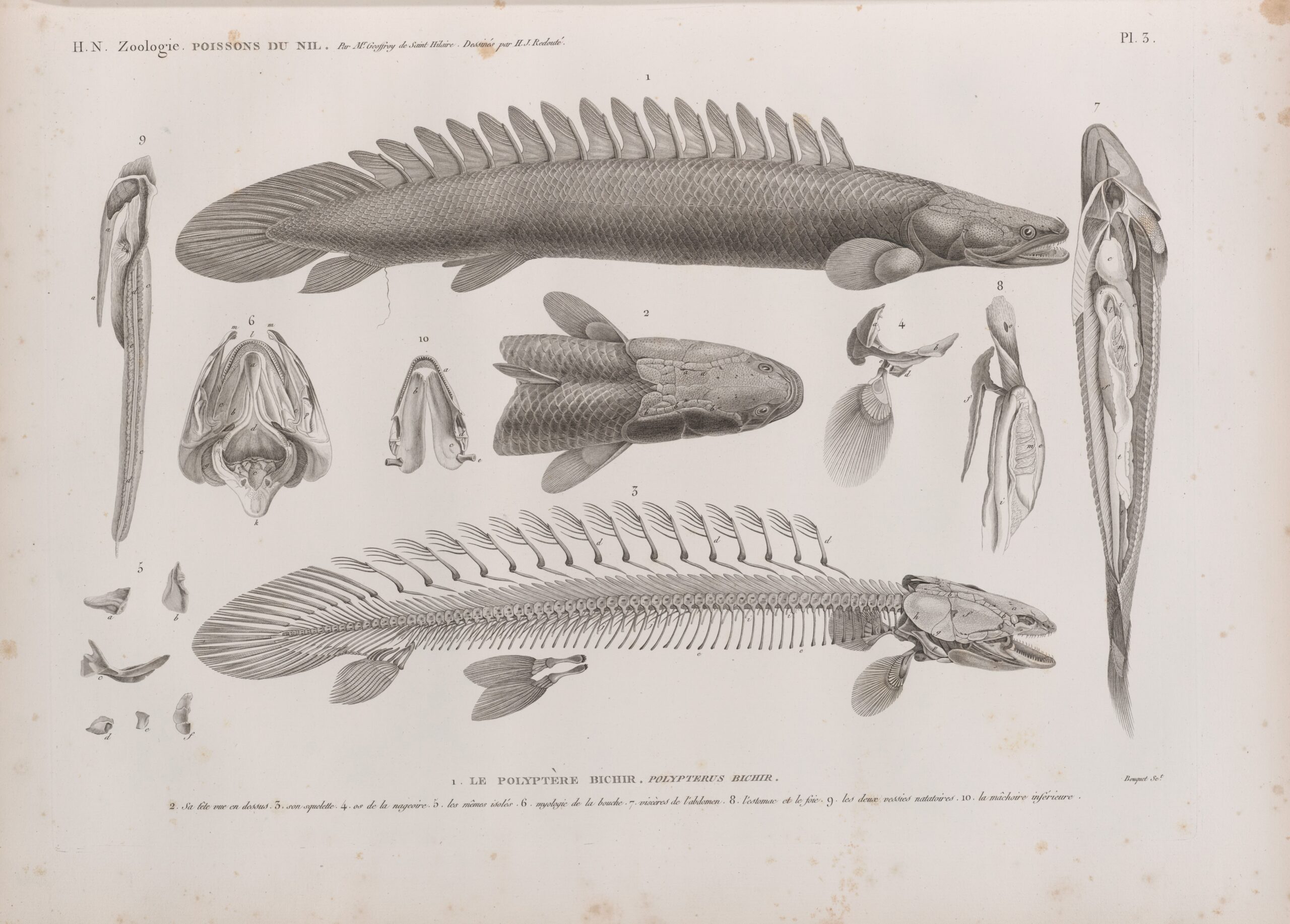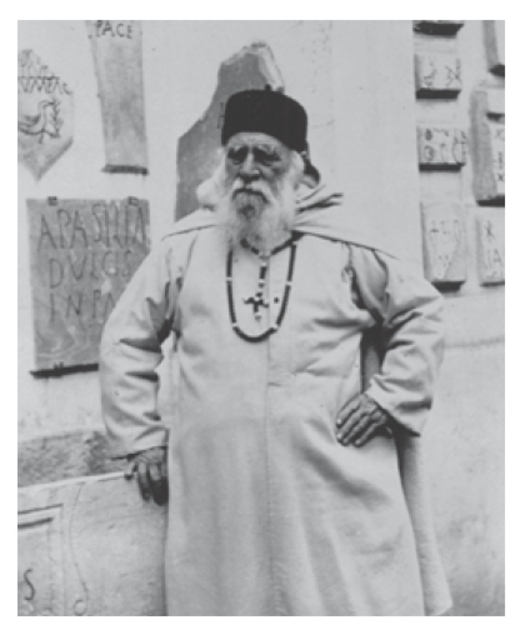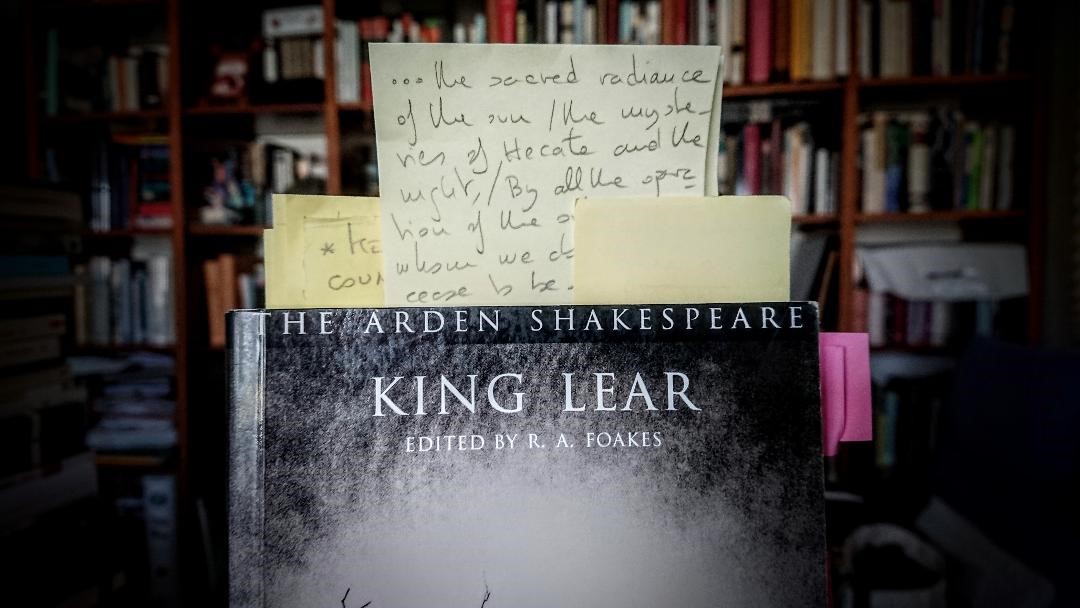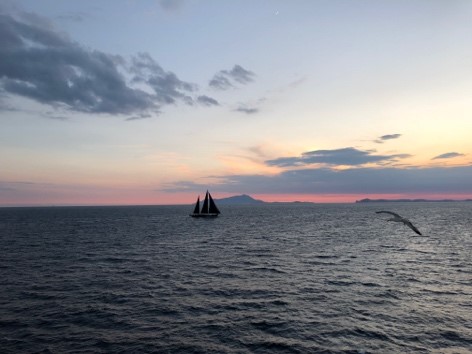“Visual reflections”, the PIMo series edited by Paola von Wyss-Giacosa (University of Zurich), focuses on the cultural dimension of pictorial and material sources, highlighting their importance for the project and more generally for research in the field of connected histories.
Some of PIMo’s core themes – people, things, ideas, and paper in motion; cultural and emotional entanglements; histories of migration, displacement, and dispossession – and a cross-section of the stimulating approaches taken by participants in this multi-disciplinary project about histories of displacement within and from the Mediterranean (15th–20th centuries) are presented here.
Each short essay takes an image as a point of departure for reflecting on the multiple functions, meanings and expressions of the visual. The common aim is to share with a wider readership the relevance and fascination of exploring the historicity of representation, and the enduring implications of media presence and circulation.
Lucas Burkart, Marco Polo on the Pearl River Delta: The Venetian Middle Ages and Italy’s Colony in China
Visitors to the Museo Correr in Venice expect venezianità – and are duly rewarded by the museum’s exhibits and style of presentation: dogal portraits, paintings of the lagoon city, the piazzetta, the Rialto bridge or the church of Santa Maria della Salute. The collection, originally assembled during the first third of the nineteenth century, has since perpetuated an image of Venice’s past as historical grandeur. The late romantic vision of John Ruskin’s “The Stones of Venice” (1851) provided its programmatic foundations; today’s mass tourism with between 20 and 30 million yearly visitors reflects it in the same way as the Venice Time Machine project: a factory of dreams! Figure 1: Marco Polo, c. 1880, H118cm, W78cm, D55cm, Museo Correr, Venice, inv. Cl. XIX 0172. ©Musei Veneziani. Since 1881, the collection also contains a wooden, almost life-size seated figure, which doesn’t quite fit this impression (Fig. 1). Its eyes and facial traits, the moustache, the long robe as well as its gesture and the posture of the right leg and foot appear as if they stem from a different (dream) world. [...]


